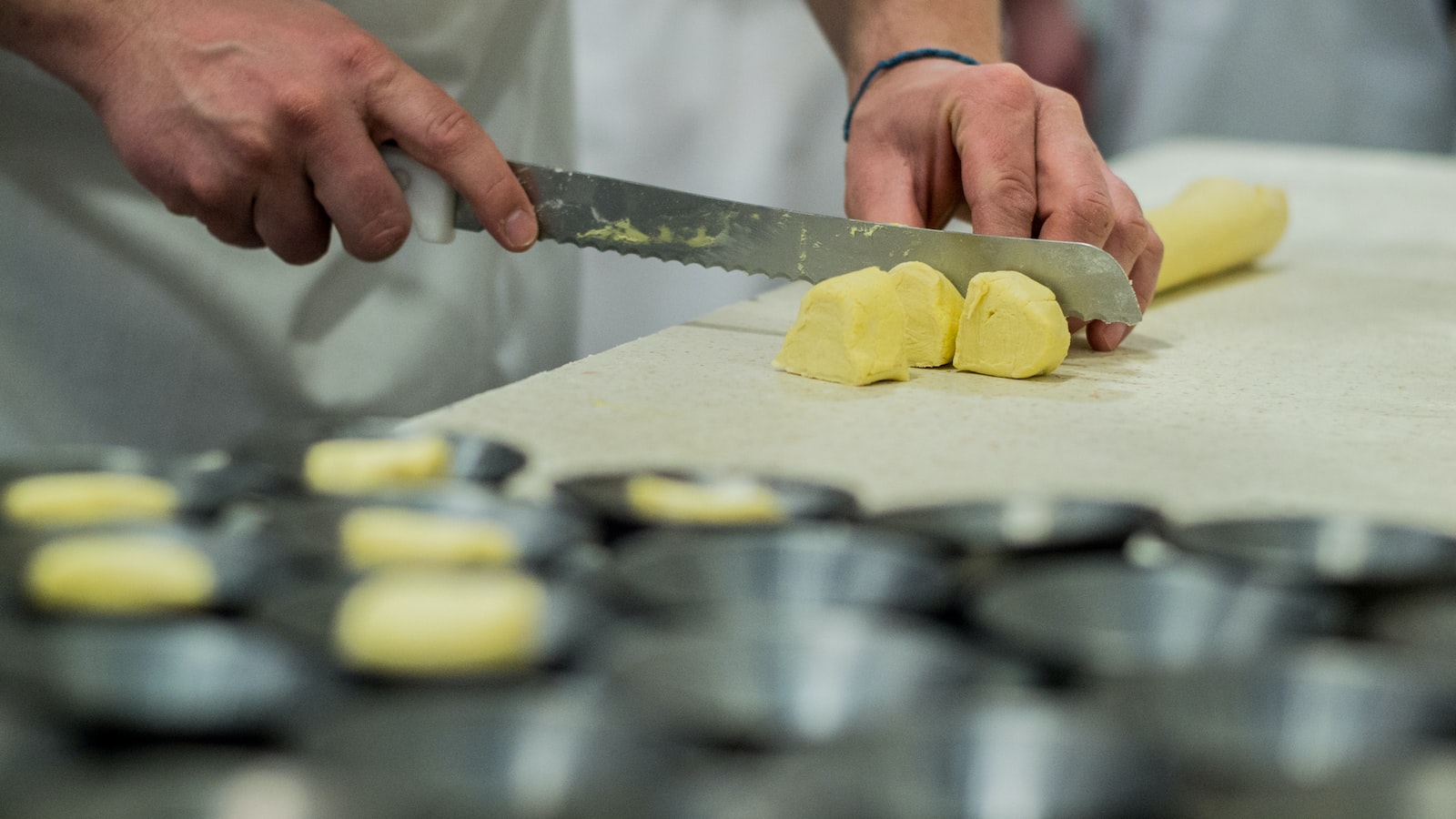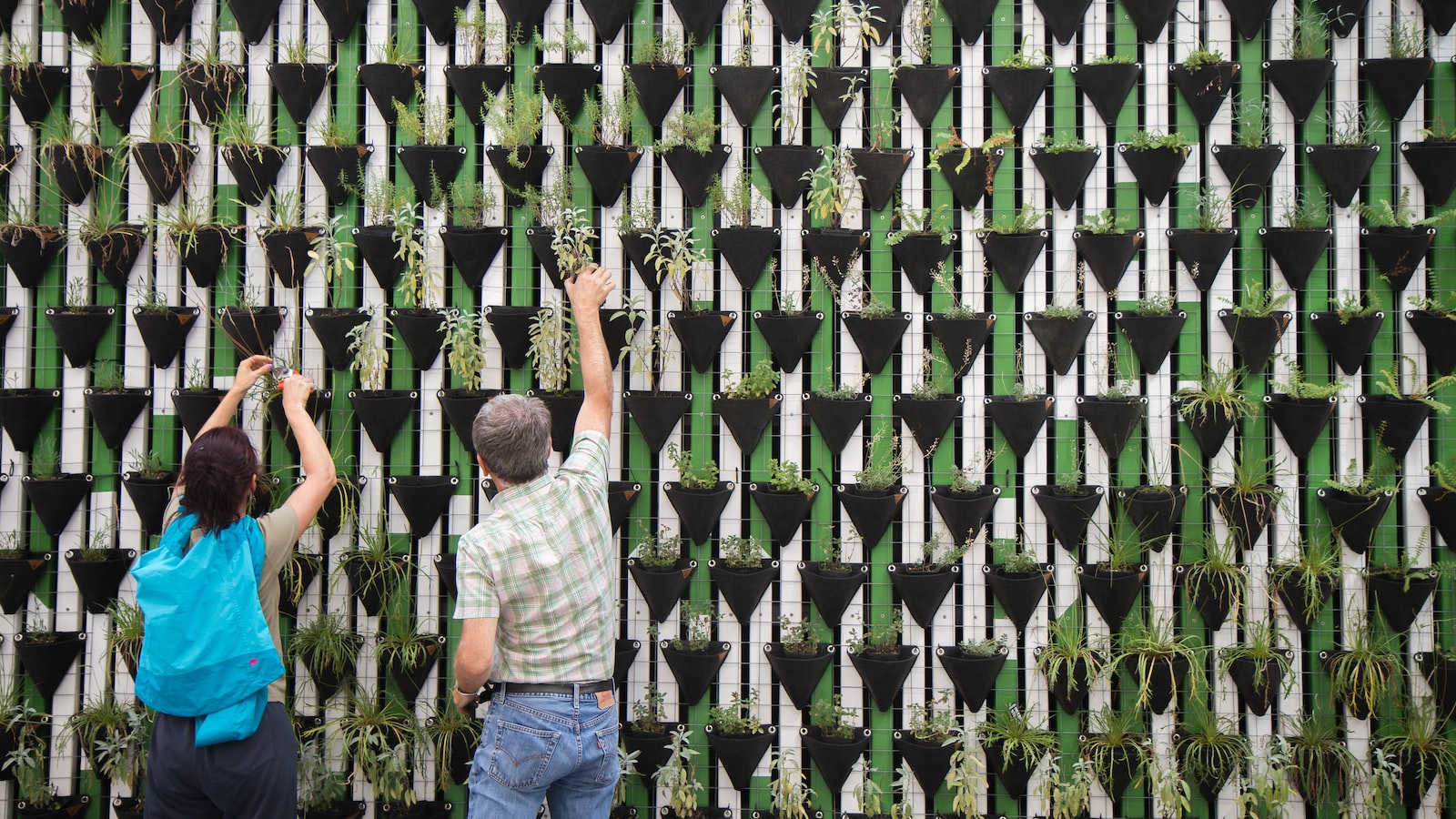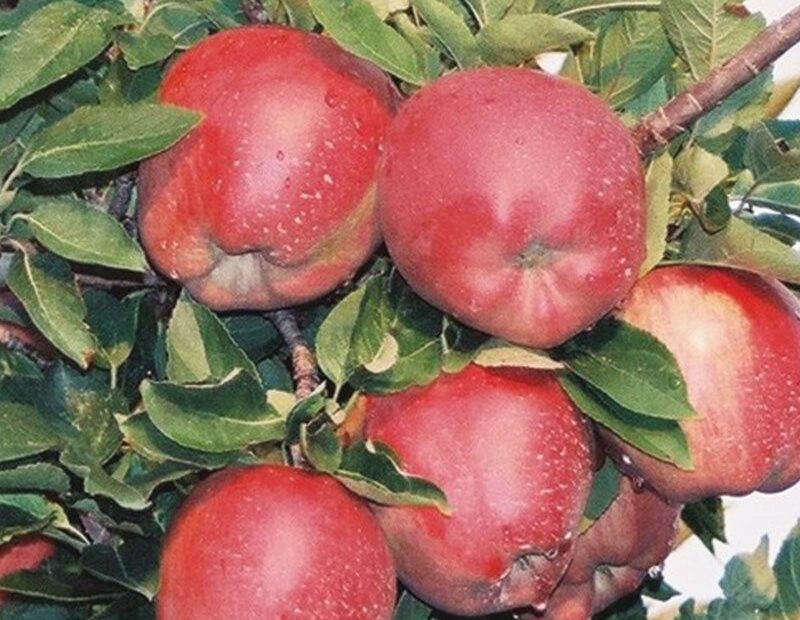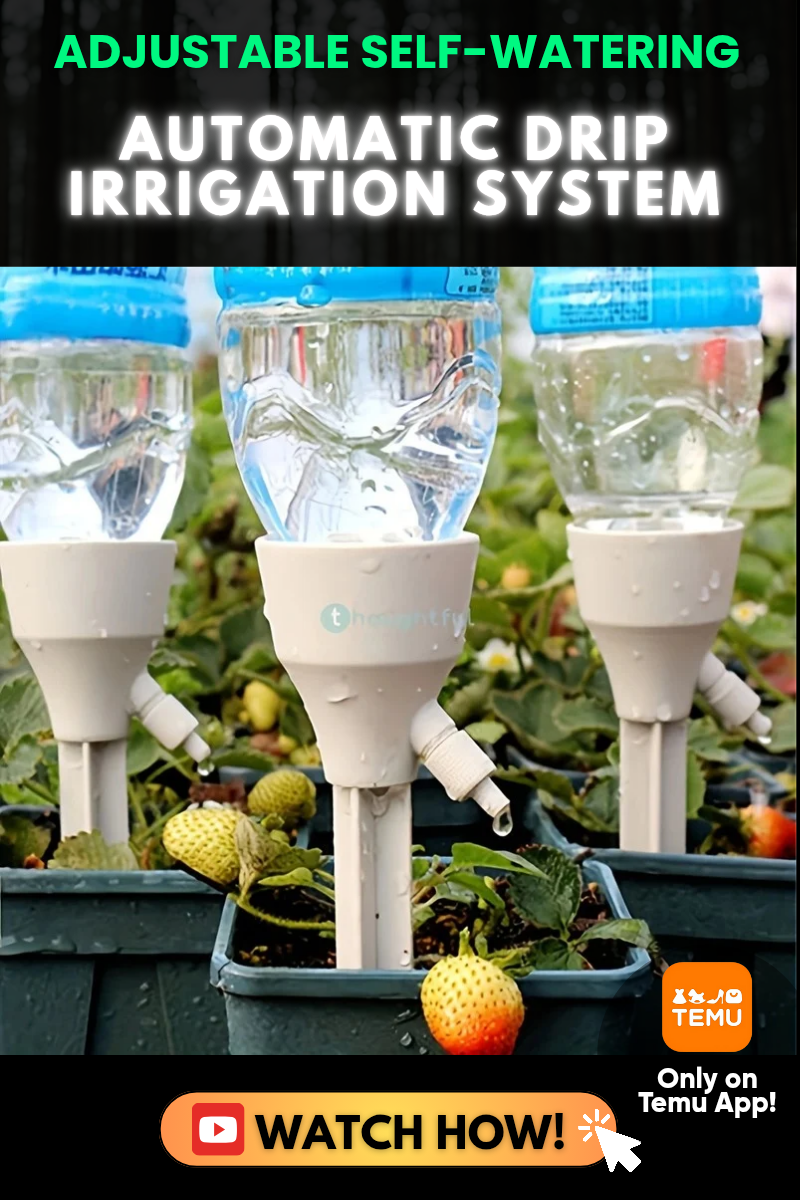The enchanting land of Wisconsin, with its sprawling green meadows and farmers nurturing the soil, holds a secret yearning for succulent treasures that gracefully dangle from sturdy branches: apples. These ruby-red jewels of nature, bursting with tart sweetness, have charmed the Wisconsinites for centuries, becoming an inseparable part of their lives. But oh, the quandary of knowing precisely when to delicately encapsulate an apple seed within the Wisconsin earth! Fear not, dear avid orchard enthusiasts, for today we shall journey together, guided by wisdom and nature’s rhythm, to uncover the perfect answer to that bewitching question: when shall we awaken our soil to plant the cherished apple trees of Wisconsin?
Timing considerations for planting apple trees in Wisconsin
Are you ready to embark on a fruitful journey of growing your own apple trees in the beautiful state of Wisconsin? Well, timing is key when it comes to planting these delightful trees. Here are some important considerations to keep in mind:
Spring: The Ideal Planting Time
Spring is generally the optimal time to plant apple trees in Wisconsin. As the frost melts away and the soil becomes workable, it provides the perfect conditions for young saplings to establish strong root systems. Aim to plant your apple trees between late April and mid-May, when the danger of a hard frost has passed. This way, your trees will have sufficient time to adapt and grow before winter arrives.
Choosing the Right Tree Varieties
Wisconsin’s diverse climate offers a range of suitable apple tree varieties. When selecting which ones to plant, consider factors such as chill hours, disease resistance, and pollination requirements. Some popular choices for the state include Honeycrisp, Haralson, McIntosh, and Cortland. It is advisable to choose disease-resistant varieties, as Wisconsin’s humid summers can pose a challenge to vulnerable trees. Additionally, make sure to select varieties that can cross-pollinate to ensure a bountiful harvest.
| Features | Tips |
|---|---|
| Chill Hours | Choose apple tree varieties that require the appropriate number of chill hours to ensure successful fruiting. |
| Pollination | Plant multiple apple tree varieties that bloom at the same time to ensure effective cross-pollination. |
| Disease Resistance | Select disease-resistant varieties to protect your trees from common apple diseases, such as apple scab and fire blight. |

Choosing the optimal location for apple tree planting in Wisconsin
Planting apple trees in Wisconsin requires careful consideration of the optimal location to ensure successful growth and high fruit yield. Here are some key factors to keep in mind when choosing the perfect spot to plant your apple tree:
-
Temperature and Hardiness: Apple trees thrive in cool to moderate climates, making Wisconsin an ideal location. Look for areas with good air circulation and avoid low-lying regions prone to frost.
-
Sun Exposure: Apple trees require at least six hours of direct sunlight daily for optimal growth. Choose a spot that receives ample sunlight, preferably facing south or southwest. This will promote healthy photosynthesis, fruit development, and overall tree vigor.
- Soil Quality: Well-drained soil is crucial for apple tree planting. Conduct a soil test to ensure pH levels between 6.0 and 7.0, indicating neutral to slightly acidic conditions. Sandy loam or loamy soil types provide excellent drainage, preventing waterlogged roots that can lead to diseases.
In&#x
200D; addition to these considerations, you can utilize the following features and tips table to make an informed decision about the best location for your apple tree planting in Wisconsin:| Feature/Tips | Description |
|---|---|
| Pest Resistance | Select disease-resistant apple tree varieties to minimize the need for chemical treatments. |
| Cross-Pollination | Pair apple tree varieties with compatible pollenizers to ensure efficient cross-pollination and optimal fruit set. |
| Pruning Timing | Prune apple trees during late winter or early spring to promote proper shape, improve air circulation, and reduce disease risk. |
By carefully selecting the optimal location and considering these features and tips, you can create an ideal environment for your apple tree, enhancing its growth, yield, and overall health. Happy apple tree planting in Wisconsin!
Best apple tree varieties for Wisconsin’s climate and soil conditions
Apple trees are a delightful addition to any garden in Wisconsin. With their beautiful blossoms in spring and delicious fruit in fall, they bring joy and freshness. When considering planting apple trees in Wisconsin, it is important to select the right varieties that can thrive in the local climate and soil conditions. Here are some top apple tree recommendations that are perfectly suited to Wisconsin’s unique environment.
width:100%">| Features | Tips |
|---|---|
| Sweet Sixteen |
|
| Honeycrisp |
|
| Haralson |
|
These apple tree varieties have been specifically chosen for their ability to flourish in Wisconsin’s climate. By selecting the right trees and providing them with proper care, you can enjoy a bountiful harvest year after year. When planting apple trees, remember to choose a sunny location, provide ample space for growth, and consider pollination requirements. For further guidance, consult local gardening experts or nurseries for advice tailored to Wisconsin’s specific conditions. Happy apple tree planting!

Important planting techniques and care tips for apple trees in Wisconsin
Wisconsin’s climate poses specific challenges for apple tree cultivation, requiring careful timing and proper planting techniques. Understanding the ideal planting window is crucial for ensuring the successful growth of these fruit-bearing beauties. The best time to plant apple trees in Wisconsin is during the spring, specifically between mid-April and mid-May when the soil is no longer frozen and the frost risk subsides. This timeframe provides apple trees with the optimal conditions to establish their roots and adapt to their new environment.
Caring for
apple trees in Wisconsin involves a combination of effective techniques that contribute to their overall health and productivity. Here are some important planting techniques and care tips:| Feature or Tip | Description |
|---|---|
| Proper Site Selection | Choose a location with well-draining soil and full sun exposure to encourage healthy growth. |
| Pruning | Regularly prune apple trees to remove dead or diseased branches, allowing for better air circulation and sunlight penetration. |
| Watering | Ensure apple trees receive adequate moisture, especially during dry periods, without overwatering to prevent root rot. |
Frequently Asked Questions
Q: When should you become best friends with a shovel and plant apple trees in Wisconsin?
A: Ah, the apple-lovers dilemma! Here are some key questions to help you decide the perfect timing for your apple tree planting adventure in Wisconsin. Let’s dig in!
Q:
Is it mandatory to wait until Wisconsin’s winters bid adieu before planting apple trees?A: While apple trees have their beauty sleep during winter, don’t worry, they won’t hold you hostage! Spring, usually between early April and late May depending on the region, is when your shovel and apple dreams can come alive. Just ensure the frosty ground has thawed out, and you’re good to go!
Q: I want my apple trees to thrive, so is there an ideal temperature range for planting in Wisconsin?
A: Good thi
nking! Apple trees need a warm welcome to flourish. It’s recommended to wait until the soil temperature rises above 50°F (10°C) consistently before planting. This usually coincides with spring, when the charming redbuds blossom to add color to your horticultural journey.Q: Can I have a late apple-growing bloom by planting apple trees at the beginning of autumn?
A: Ah, tempting! While you may be eager to enjoy a bountiful autumn harvest, it’s better to resist the urge for fall planting in Wisconsin. By this time, the trees have already begun preparing for their winter hibernation. Spring is the season of renewal and growth for apple trees, ensuring a thriving start for your orchard!
Remember, &
#x2064;planting apple trees is an exciting venture, and it’s always better to err on the side of caution and optimal conditions for your new green companions. Bon appétit, Wisconsin gardeners! As we conclude our exploration of the ideal time to plant apple trees in the beautiful state of Wisconsin, we hope this article has shed some light on the matter. With its vast orchards and picturesque landscapes, Wisconsin provides a perfect climate for these bountiful fruit-bearing beauties to thrive.Remember, timing is indeed crucial when it comes to the planting of apple trees. The frigid winters and unpredictable weather patterns can pose both challenges and opportunities for aspiring orchard growers. By carefully assessing the soil conditions, monitoring climate trends, and considering the available varieties, you can embark on an apple-growing journey with confidence.
As you dig deep into the fertile soil of Wisconsin, envision the future harvests of crisp apples, the satisfaction of biting into that first juicy fruit, and the joy of sharing the abundance with family and friends. In planting an apple tree, you are not only cultivating nature’s gift but also planting the seeds of community, tradition, and nourishment.
Whether you
choose to plant in the spring, embracing the reawakening of life, or in the fall, relying on the earth’s wisdom to protect tender roots during the winter sleep, each season brings its own magic and promise. Those precious moments spent nurturing your apple tree will reward you with a sense of connection to the land, a sanctuary amidst the hustle and bustle of modern life.And so, as you embark on this green-fingered adventure, equip yourself with patience and perseverance, for a flourishing apple tree is a testament to the dedication of its caretaker. Watch as it gracefully weaves its branches, providing shade on hot summer days, and becoming a canvas for delicate blooms in spring. Witness the anticipation building as tiny buds transform into petite fruit, and finally, relish in the fulfillment of harvest time.
Wisconsin, a land of abundance and natural wonders, awaits your care and attention. There is no better time than now to plan your orchard, reap the rewards of your labor, and savor the taste of home-grown apples. Let the sun and the soil guide your hand, nurtured by the seasons, and watch as your tree flourishes, forming a connection between earth, sky, and you.
As we bid f
arewell, look forward to a future where you can experience the satisfaction of picking apples from your very own tree, carrying on a tradition that spans generations and filling the air with the sweet scent of success. Happy planting, fellow orchard enthusiasts, and may Wisconsin forever bloom with fruitful delights.- When to Put Weed and Feed on Lawn in Michigan - October 16, 2023
- When to Fertilize Potatoes Plants - October 16, 2023
- Can You Plant Clover in the Spring - October 16, 2023
Contents
- 1 Timing considerations for planting apple trees in Wisconsin
- 2 Choosing the optimal location for apple tree planting in Wisconsin
- 3 Best apple tree varieties for Wisconsin’s climate and soil conditions
- 4 Important planting techniques and care tips for apple trees in Wisconsin
- 5 Frequently Asked Questions


